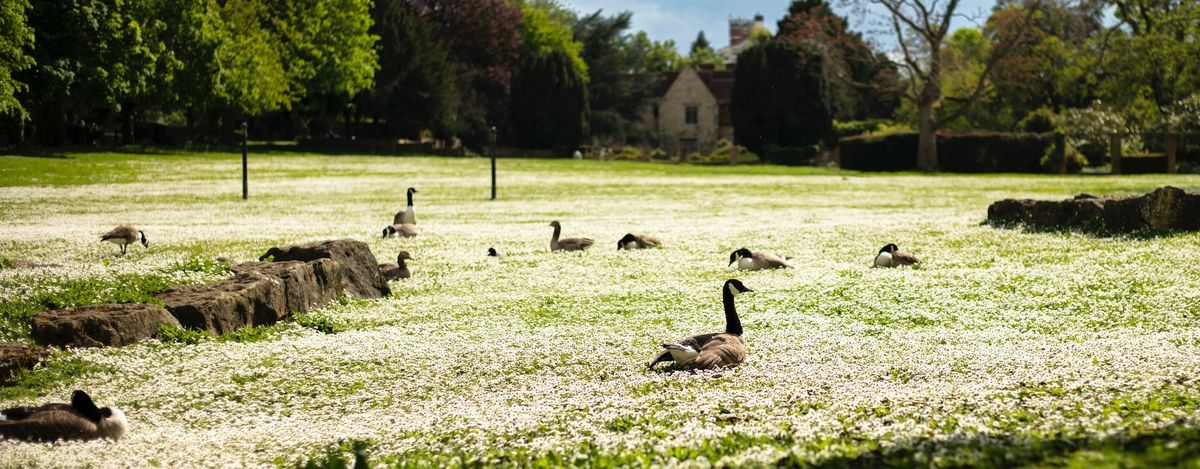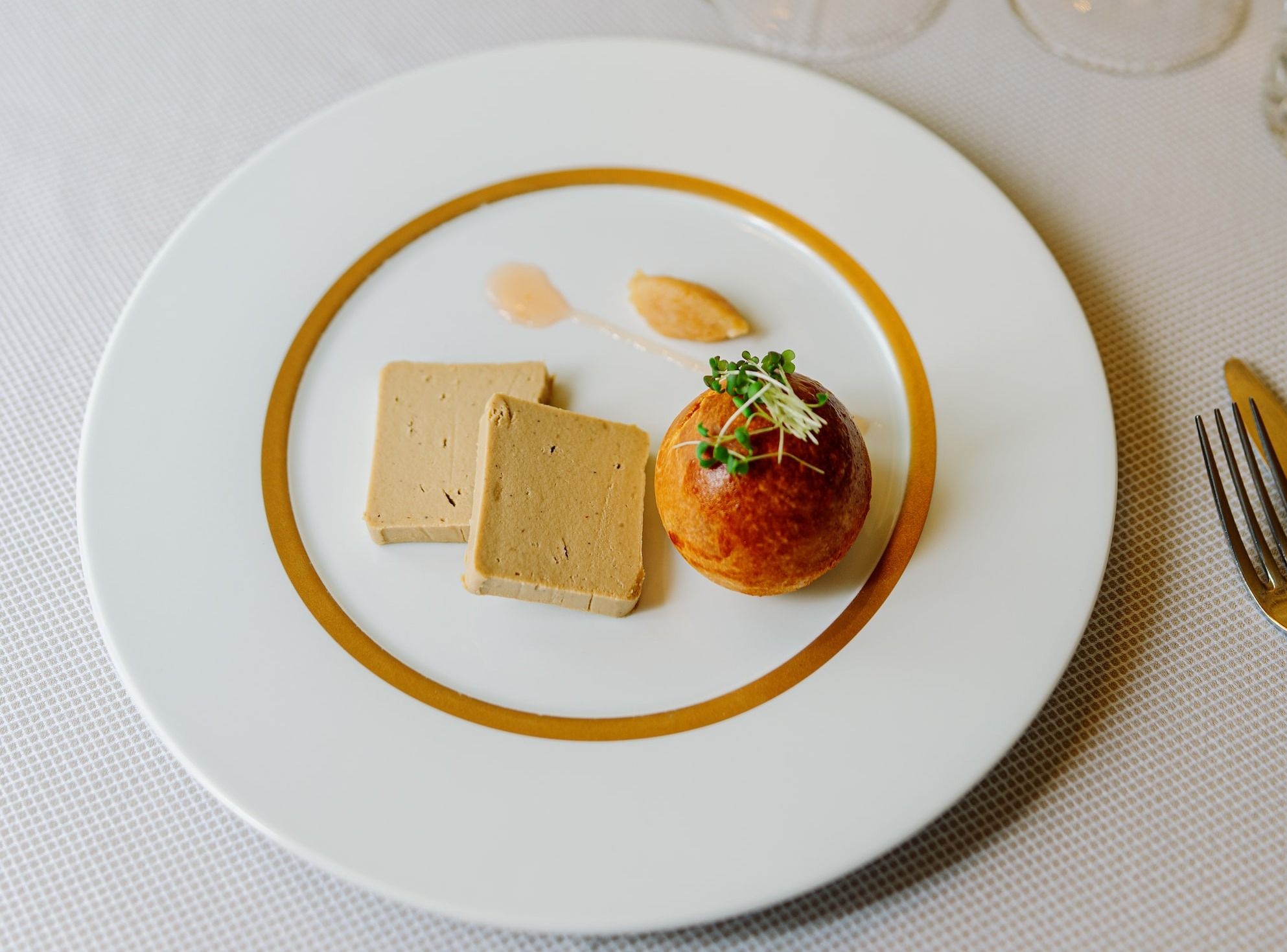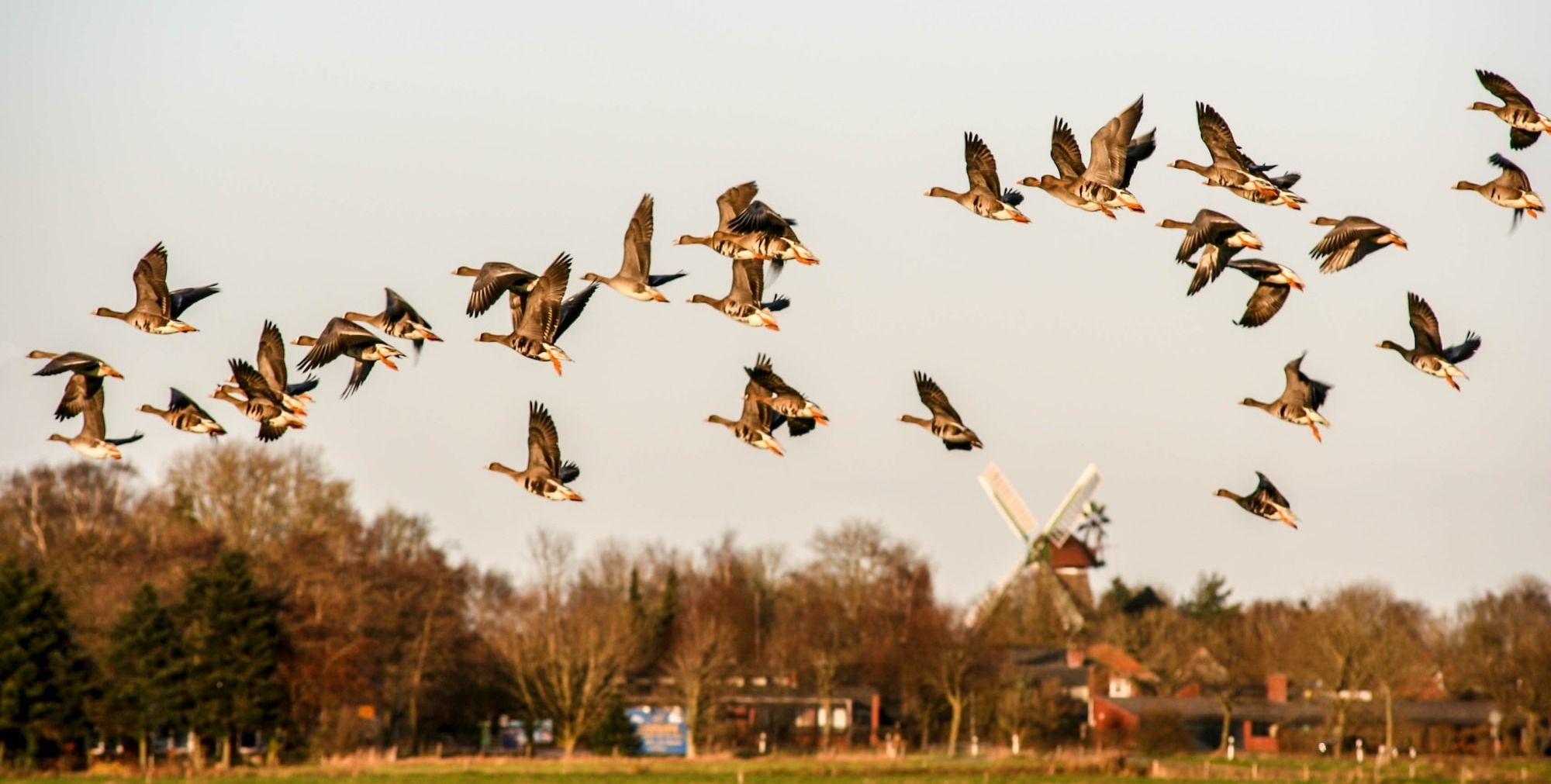What Is Ethical Foie Gras? Spanish Farm's $220 Cruelty-Free Method Explained
Spanish farmer Eduardo Sousa produces foie gras without force-feeding, letting geese eat naturally. At $220/jar with a waiting list, it won France's top food award and changed luxury food forever.

Picture this: On a moonless October night in rural Spain, a farmer walks through his property with a flashlight, preparing to harvest what might be the world's most expensive foie gras.
This isn't your typical foie gras operation. This is Eduardo Sousa's radical reimagining of luxury food production, where a small jar sells for $220 and customers wait months for their order.
The Foie Gras Dilemma: A Quick Primer
Before we dive into Sousa's revolutionary approach, let's get one thing straight: foie gras (pronounced "fwah-grah") is the fattened liver of ducks or geese, and it's been a symbol of culinary luxury for centuries.
Traditionally, producers force-feed birds through a tube to enlarge their livers—a practice that's sparked fierce debates and led to bans in California, New York City, and at least 20 countries worldwide.
The traditional stuff runs about $80 per pound. But here's where things get interesting: some producers are proving you can create this delicacy without the controversy—and the result is actually better.
Meet the "Goose Whisperer" Who's Disrupting a 5,000-Year-Old Industry
Eduardo Sousa is a fifth-generation Spanish farmer who has become something of a legend in foodie circles for his radical approach to foie gras.
When celebrity chef Dan Barber visited Sousa's farm and later shared the experience in his book "The Third Plate" and a 2008 TED talk, the culinary world took notice.
"I went to Spain a few months ago and I had the best foie gras of my life," Barber said in his TED Talk. "The best culinary experience of my life. Because what I saw, I'm convinced, is the future of cooking."
What makes Sousa different? He's taken a practice his family has used since 1812 and proven it can work on a commercial scale.
No force-feeding. No cages. No gavage.

The Secret: Working WITH Nature, Not Against It
Here's how Sousa's operation works—and why it commands such astronomical prices:
1. Location, Location, Location
Sousa's 1,200-acre farm sits directly on the wild goose migration route between Northern Europe and Africa. Every fall, thousands of wild geese stop here to refuel. The farm is located near Pallares, Spain, about five hours southwest of Madrid.
2. The Million-Dollar Diet
Forget corn mush forced down a tube. Sousa's geese feast on:

- Acorns from oak trees
- Olives from groves on the property
- Figs and other fruits that grow throughout the farm
- Native grasses and herbs
- Yellow bush lupine seeds (which give the foie gras its characteristic yellow color)
The birds choose what they eat and when. Some prefer plants with natural salinity, others go for peppery herbs.
This natural selection creates complex flavor profiles impossible to replicate in conventional operations.
3. The Waiting Game
While industrial operations harvest multiple times per year, Sousa harvests exactly once—in October when the geese have naturally fattened themselves for migration.
He produces foie gras from approximately 1,600 geese annually. When they're gone, they're gone.
The Award-Winning Taste
In 2006, Sousa's foie gras won the Coup de Coeur award at the Salon International d'Alimentation (SIAL) in Paris—a coveted French gastronomy award.
This recognition from the French, who consider themselves the masters of foie gras, was particularly significant.
Barber described the taste as transformative and called the production method sustainable.
The natural diet and stress-free environment create a product that's fundamentally different from force-fed foie gras.
The REAL Reasons It Costs $220 Per Jar
1. The Predator Tax
Sousa loses 20-30% of his flock to predators each year. It's the price of allowing geese to roam freely on 1,200 acres.
2. Labor-Intensive Harvesting
On the darkest nights, farmers use high-powered flashlights to momentarily stun and calm the geese for a more humane capture. Each bird is processed by hand. The livers are carefully placed in jars and slow-cooked in traditional wood-fired ovens.
3. Space Requirements
Each goose needs significantly more land than conventionally raised birds. The farm has hardly any buildings—the geese roam free with access to natural habitats.

Where to Find It (Spoiler: It's Difficult)
Sousa's entire production sells out quickly. Since Dan Barber's TED talk, Sousa says he's been getting orders from all over the world.
He sells every gram he produces, and there's quite a long waiting list.
Distribution channels include:
- Sousa's website (for direct orders)
- Celebrity Cruises (Sousa signed a deal to provide foie gras on high-end ships)
- A family storefront in Fuente de Cantos, near the Spain-Portugal border (the only place to buy in person)
Note: U.S. customs rules don't allow travelers to bring it into the United States.
The Business Partnership
In 2013, Sousa teamed up with Diego Labourdette, an ecologist and migratory bird expert who teaches at a university in Madrid. Together, they've marketed this ethical, sustainable way of making foie gras.
The Bottom Line: Is It Worth It?
At about $220 per jar, ethical foie gras is certainly a luxury item. But you're paying for:
- Ethical production (no force-feeding)
- Exceptional quality (award-winning taste)
- Extreme rarity (only 2,000 jars produced annually)
- Sustainable farming practices
The Future of Luxury Food
Sousa's approach represents something bigger than expensive liver pâté. As Barber noted in his TED talk, this method could represent "the future of cooking"—proof that working with nature's rhythms can produce superior results.
As more cities ban conventional foie gras and consumers demand transparency, producers like Sousa aren't just offering an alternative—they're showing a different path for luxury food production.
The next time someone tells you ethical food can't be luxurious, tell them about the Spanish farmer who sells naturally-produced foie gras for $220 a jar—with a waiting list.


